A Comprehensive Guide To Laboratory Crucibles
Description
Laboratory crucibles are small vessels used for high-temperature experiments and chemical operations. They have been employed in chemistry and material science for many years. Their design aids in managing substances at high temperatures. They are commonly made from ceramic or metal. The surface is usually glazed or produced from specialised alloys to resist chemical attack and extreme temperatures.
Importance of Laboratory Crucibles
Laboratory crucibles are used in many technical and scientific fields. They are designed to contain substances during high-temperature processes. Many experiments depend on these devices; they are used in ovens and during flame tests. In processes such as alloy preparation or ceramic sample production, a crucible holds the molten material securely. Some crucibles can withstand temperatures of up to 1 800 °C. Their safety and durability facilitate controlled experimental conditions. They also prevent contamination. A clean crucible ensures the chemical purity of the processed material. In quality control laboratories, consistent data is achieved with these devices. Consequently, the laboratory crucible is essential for precise heat treatments and chemical reactions.
Shapes of Laboratory Crucibles
Crucibles are manufactured in various shapes, which are determined by their intended use. The most common shape is the bowl with a rounded bottom. This design reduces thermal stress. Historically, simple bowl shapes were used in older experiments, whereas modern designs include lids to control heat loss. Other shapes include elongated crucibles and those with a flat bottom. The elongated crucible is used for processes where a narrow form minimises material loss. A flat-bottomed crucible can be placed horizontally on a heating surface and ensures even sample heating. In some models, a double-walled construction is applied to reduce the temperature difference between the interior and the exterior.
Types of Laboratory Crucibles
Laboratory crucibles are available in various types according to the material from which they are made. The most common types are porcelain, ceramic, graphite and metal crucibles.
Porcelain crucibles are used for routine chemical work. They are inexpensive and can handle moderate heat. In practice, porcelain crucibles are employed for samples up to 1 000 °C. However, they may fracture when cooled rapidly from high temperature.
Ceramic crucibles are noted for their strength at higher temperatures. They are capable of operating at temperatures up to 1 400 °C. These crucibles are used in metallurgical laboratories. They are employed in processes such as melting metal ores and other samples.
Further reading: An Overview of Various Ceramic Crucibles
Graphite crucibles offer another option. They exhibit high resistance to rapid temperature changes. They are suitable for processes requiring very fast heating and cooling. Their chemical inertness makes them suitable for experiments that require a pure environment. Typical experiments in material testing and high-temperature studies use graphite crucibles.
Metal crucibles are less common in academic laboratories. They are used in industrial settings. Metals such as Platin or Palladium are used in their manufacture. They are capable of managing very high temperatures. They are frequently used in laboratories that demand precision and durability. In some cases, metal crucibles are employed in the production of advanced alloys.
Further reading: Precious vs. Refractory: An Exploration of Metal Crucibles
Performance data indicates that porcelain and ceramic crucibles are selected according to the required temperature. Graphite crucibles are often used in research laboratories, particularly where inert materials are required. Metal crucibles are valued for their long-term stability and reusability despite their higher cost. The choice of crucible type depends on cost and the specific experimental or industrial production requirements.
Conclusion
Laboratory crucibles are a key component in high-temperature laboratory work. Their design has evolved in response to the requirements of modern science. They are indispensable for accurate chemical and physical processes. Knowing the description, shapes and types aids in selecting the correct crucible for a given task.
Frequently Asked Questions
F: What is the laboratory crucible used for?
F: It is used to contain and heat samples in experiments that require high temperatures.
F: What materials are typically used in the manufacture of laboratory crucibles?
F: They are usually made from porcelain, ceramic, graphite or metals such as Platin.
F: How do I choose the appropriate laboratory crucible?
F: Consider the temperature range, the chemical compatibility and the specific experimental requirements.

 Bars
Bars
 Beads & Spheres
Beads & Spheres
 Bolts & Nuts
Bolts & Nuts
 Crucibles
Crucibles
 Discs
Discs
 Fibers & Fabrics
Fibers & Fabrics
 Films
Films
 Flake
Flake
 Foams
Foams
 Foil
Foil
 Granules
Granules
 Honeycombs
Honeycombs
 Ink
Ink
 Laminate
Laminate
 Lumps
Lumps
 Meshes
Meshes
 Metallised Film
Metallised Film
 Plate
Plate
 Powders
Powders
 Rod
Rod
 Sheets
Sheets
 Single Crystals
Single Crystals
 Sputtering Target
Sputtering Target
 Tubes
Tubes
 Washer
Washer
 Wires
Wires
 Converters & Calculators
Converters & Calculators
 Write for Us
Write for Us
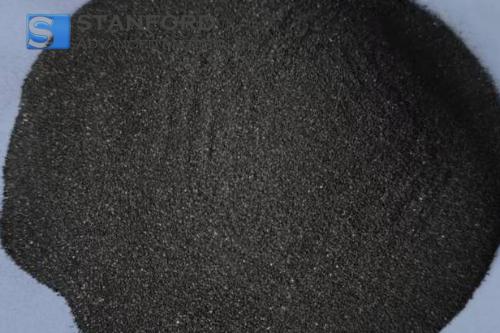
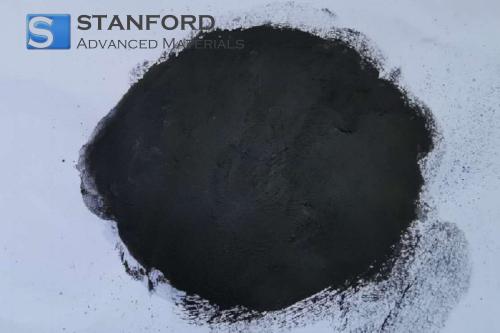
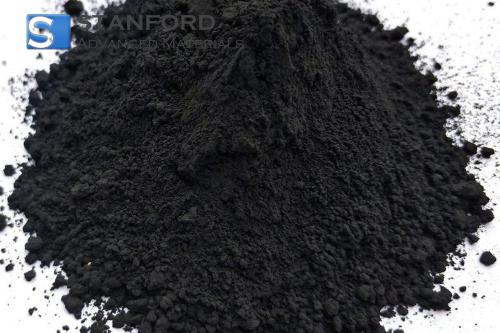
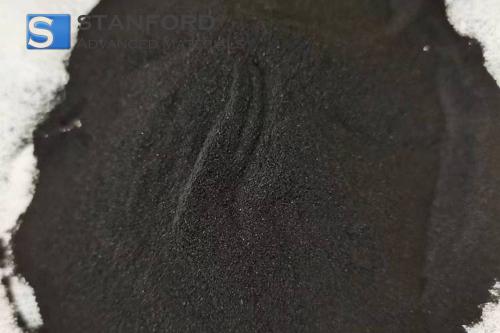
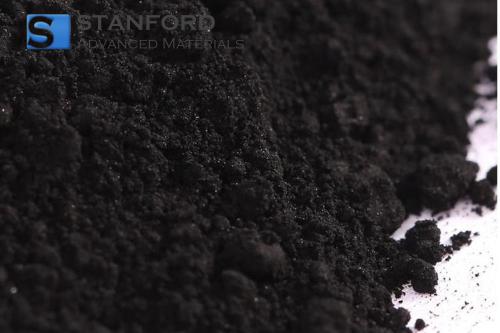
 Chin Trento
Chin Trento



